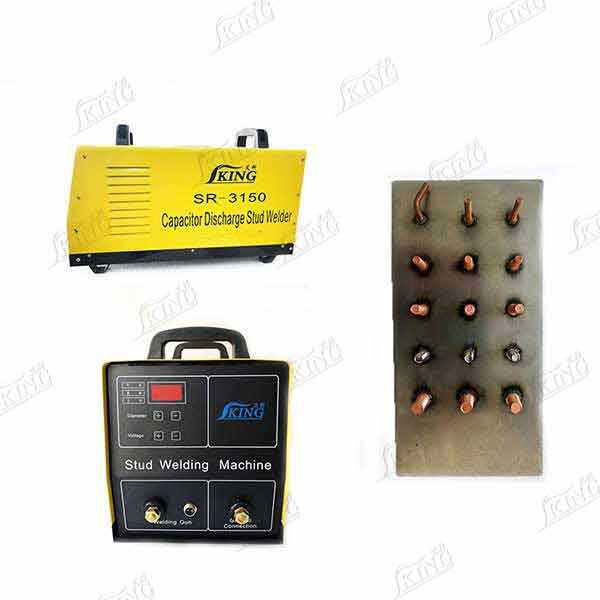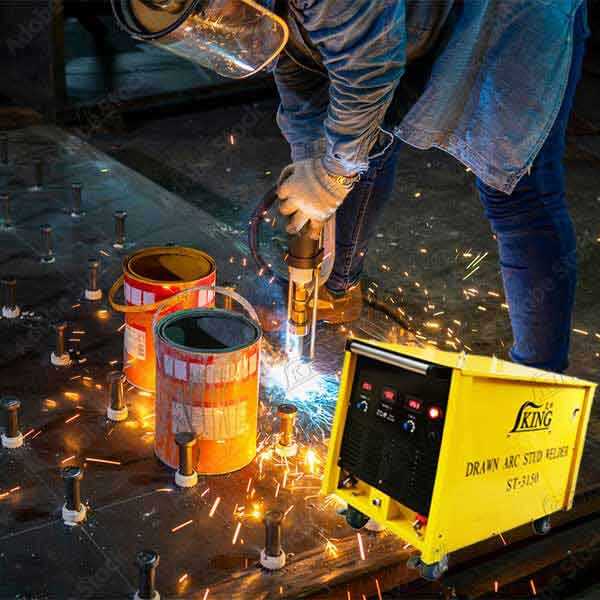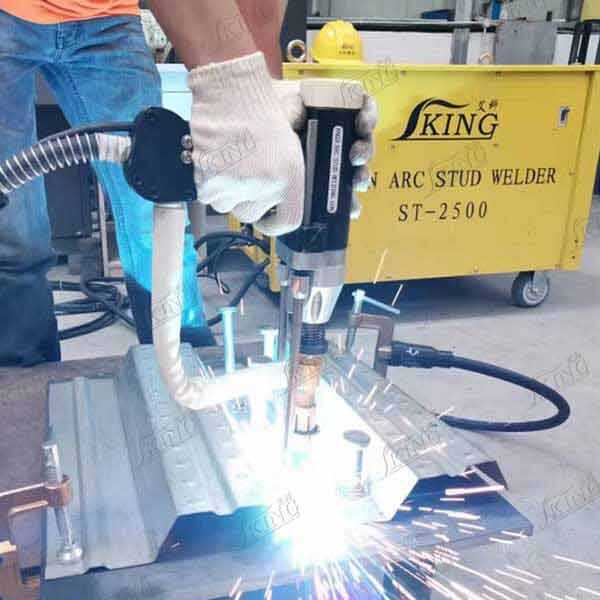stud pin welder
A stud pin welder is a specialized welding tool designed for precise attachment of metal studs, pins, and fasteners to various metal surfaces. This advanced welding equipment utilizes drawn arc technology to create strong, reliable connections in a matter of milliseconds. The process begins with the positioning of the stud against the base material, followed by the creation of a controlled electric arc that melts both the stud tip and the workpiece surface. The molten metal then solidifies rapidly, forming a permanent, high-strength joint. Modern stud pin welders feature sophisticated control systems that regulate critical parameters such as current intensity, welding time, and plunge depth, ensuring consistent results across multiple applications. These machines are equipped with digital displays, programmable settings, and safety mechanisms that protect both the operator and the equipment. The versatility of stud pin welders makes them invaluable in various industries, including automotive manufacturing, construction, shipbuilding, and general metal fabrication. They can accommodate different stud sizes and materials, ranging from small fasteners to larger structural components, with the capability to weld through paint, rust, or other surface contaminants.


